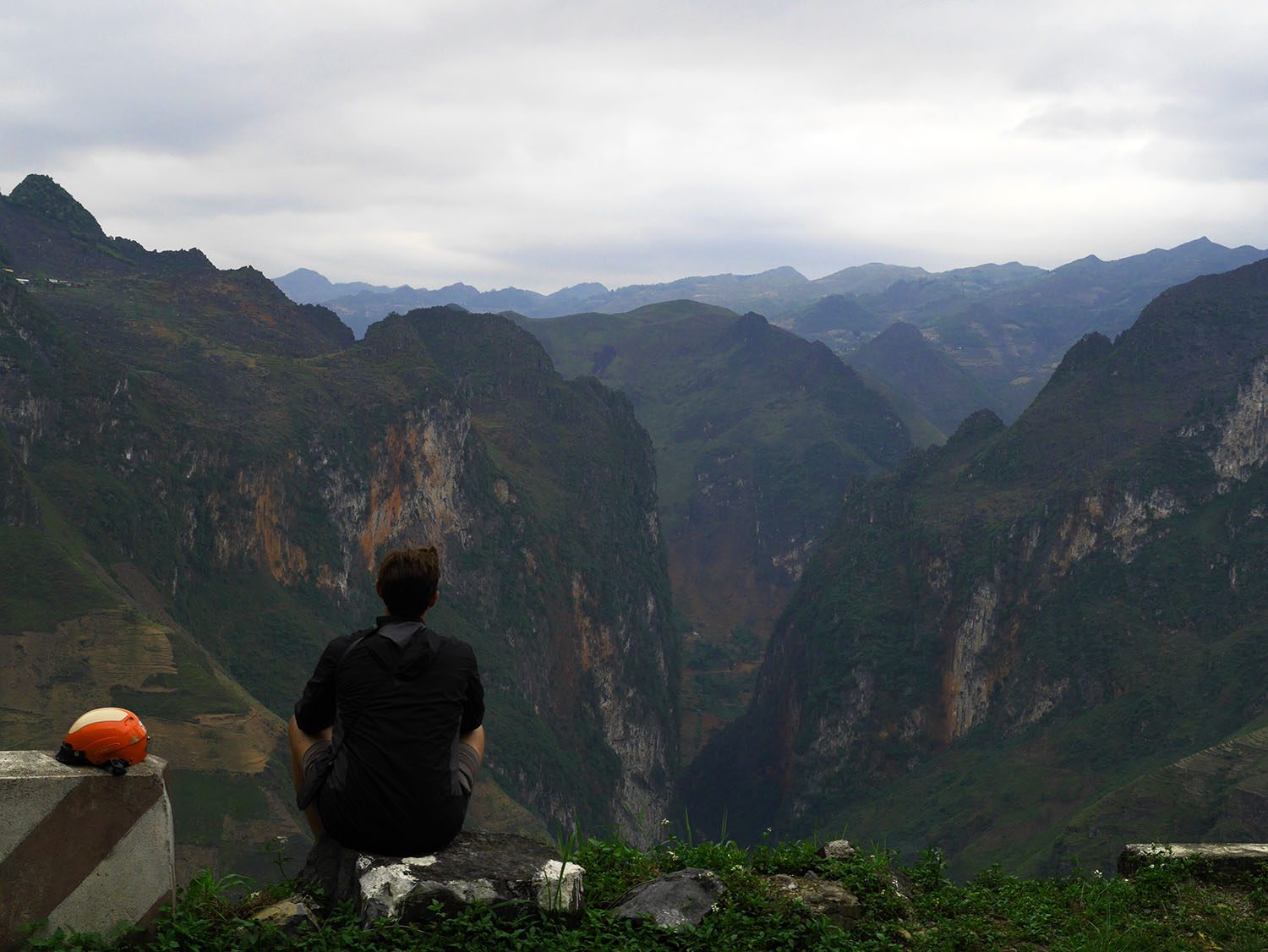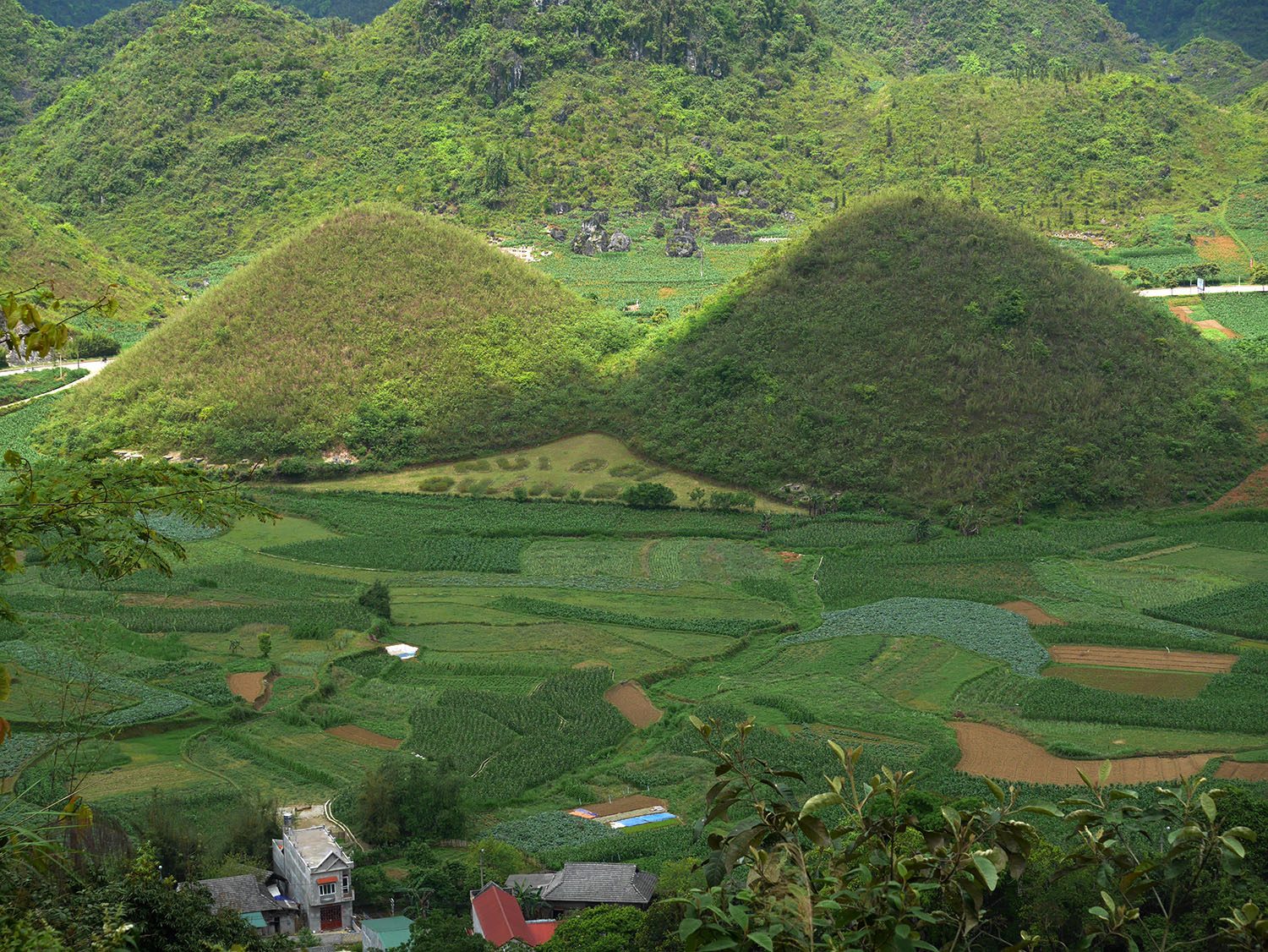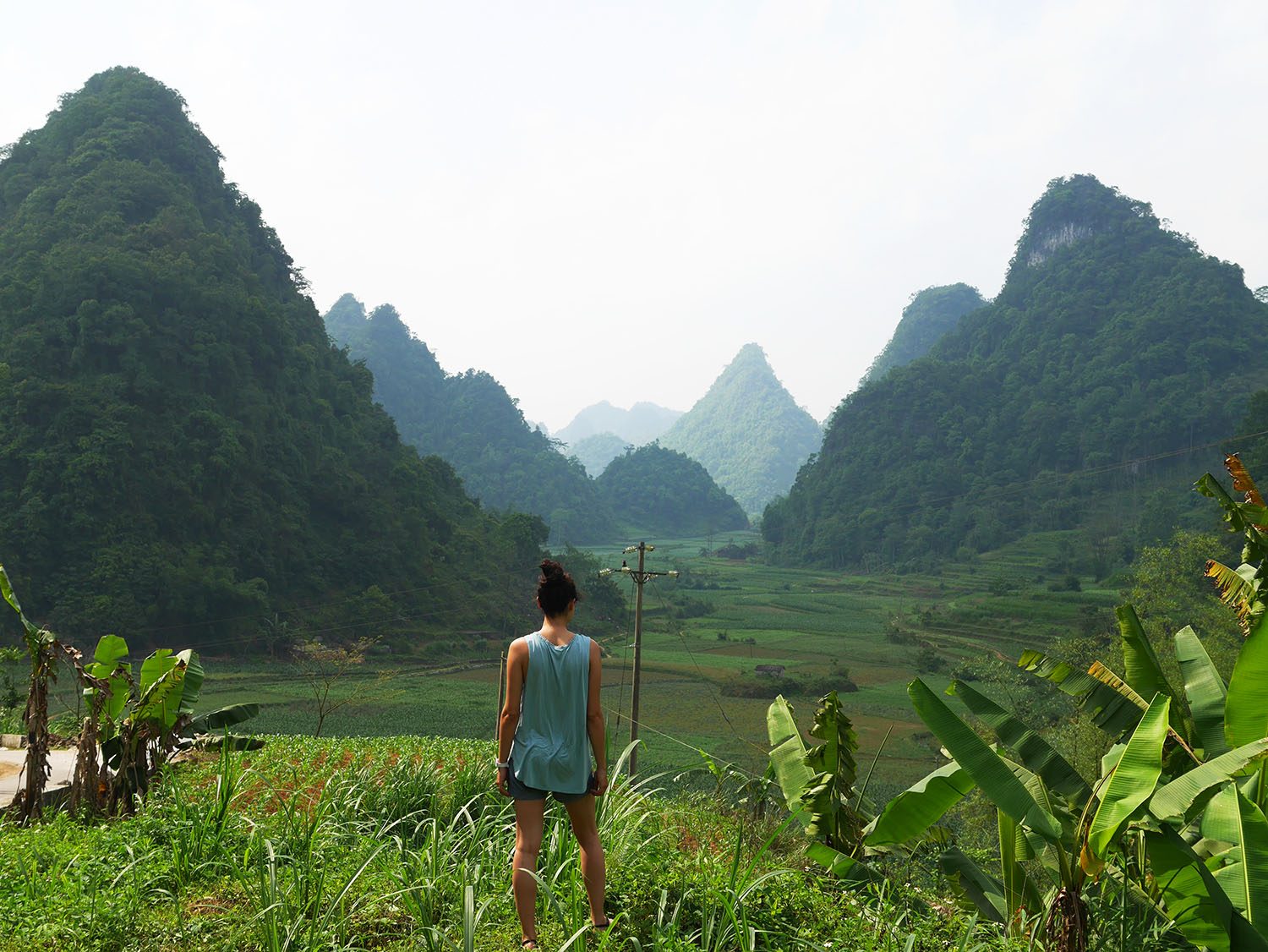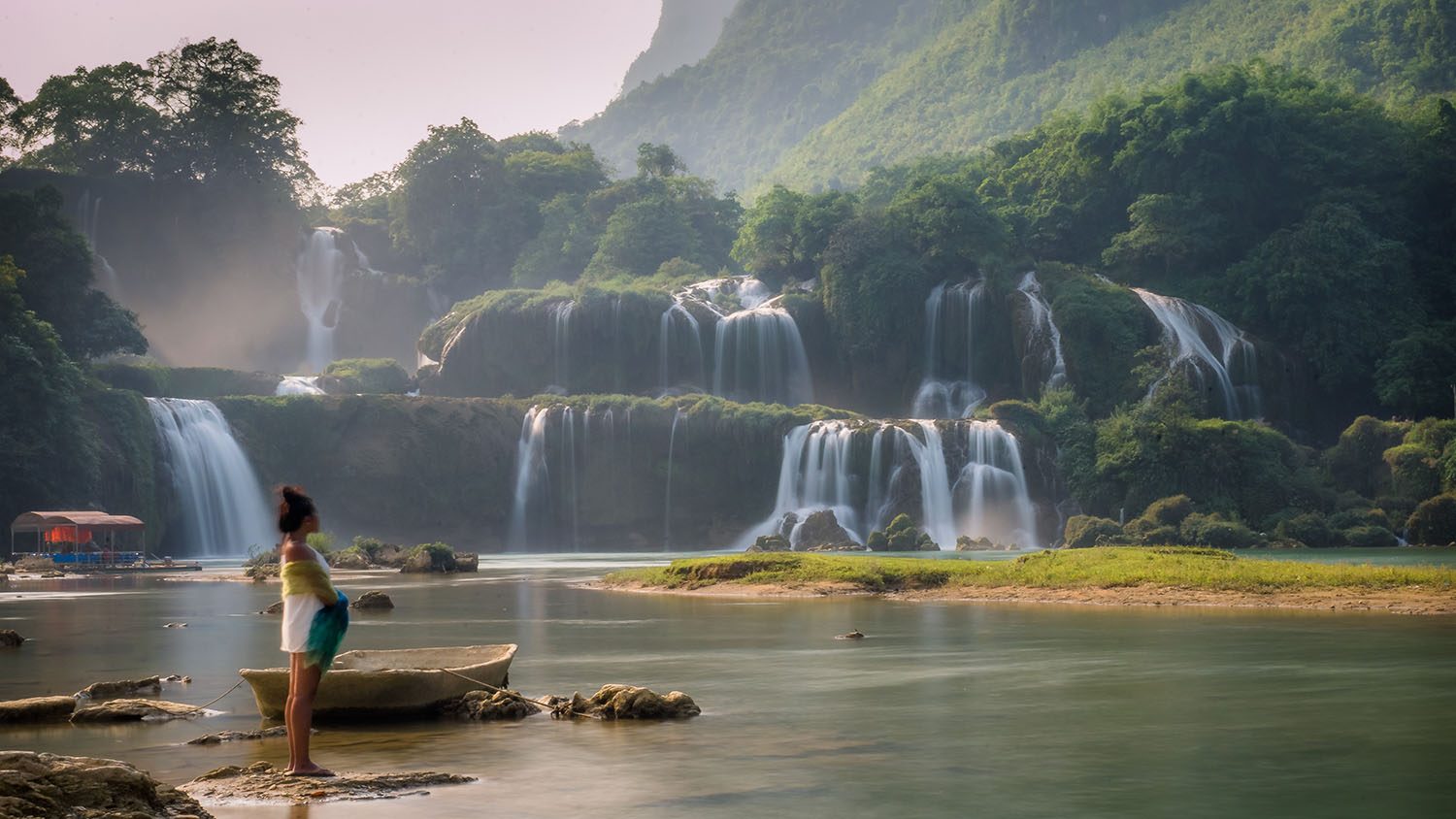SUMMARY
This is AI generated summarization, which may have errors. For context, always refer to the full article.
![[Vietnam travel guide] Ha Giang’s limestone hills and Cao Bang’s rivers](https://www.rappler.com/tachyon/r3-assets/A736BB2519244094A181364EE5235D2B/img/00D6B831943C4117882A65B4823916ED/The_view_on_the_way_to_Ban_Gioc_Waterfall_from_Cao_Bang_City__by_Tobias_Nussbaumer.jpg)
Jona Bering’s travel guide to northern Vietnam is a 4-part series. For the 3rd installment, she takes us to Ha Giang and Cao Bang, where Vietnam’s natural wonders shine.
Ha Giang: Where the Limestone Hills Are Louder Than My Mind
Random planners though we might be, we never thought of coming to this Ha Giang.
We did not even know this place existed until we made it to Sa Pa and randomly checked the map.
Despite the inconvenient travel from Sa Pa, we did not regret including the province of harsh hills on our trip. Ha Giang (pronounced as Ha Zang) is that place that challenged the thought that you have seen enough.

The landscape of Ha Giang, with its rocky hills, rice and corn plantations, and valleys, makes you go for a random motorbike ride.
The journey to and in Ha Giang is a destination in itself. Within the 10 km range, we parked the motorbike by the road and gaped at the sheer works of Mother Nature.
Ha Giang became popular among kindred travelers for Quan Ba’s Twin Peaks. Bohol’s Chocolate Hills momentarily came to mind, but there are only two of them, side by side, like the sisters in our chest.

We ventured further and went to Dong Van, a 7 to 8 hour minibus ride from the center of Ha Giang.
Was the ride uncomfortable? Oh well, it was adventurous.
The road going to Dong Van is a narrow slit that follows the curves of treacherous cliffs. If you’re not confident in your driving skills, please take the bus from Ha Giang to Dong Van. It is in this place too where Vietnam’s unique branding of horns is most evident.
Cao Bang: Where River Falls Like a Dream

Every traveler has his or her own travel obsessions. Mine happens to be rivers.
For the longest time, I badly wanted to see and experience Ban Gioc Waterfall, the body of water that separates Vietnam from China.
The water falls and cascades through cliffs and moves purposefully albeit windingly to its final destination: the sea. To be there, staring at its force and wildness made me think of how my life should be lived.

Cao Bang is a 5-hour bus ride from Hanoi. Ban Gioc Waterfall is two hours away from Cao Bang city on motorbike.
Ban Gioc is reachable by bus, but you don’t really want to miss the rock formations and green fields you can see along the way, hence it is more practical to rent a motorbike.
The road is well-paved, the traffic not horrendous. All you need is a bit of motorbiking skills, courage, and common sense. – Rappler.com
Jona Branzuela Bering, Palanca awardee and author of the poetry collection Alang sa Nasaag (For the Lost), blogs at Backpacking with a Book. She left her beautiful life in Cebu to pursue her goal of traveling long-term abroad. She’s currently based in Hanoi, Vietnam. Follow her travels on Instagram @travelingjona.
Add a comment
How does this make you feel?
There are no comments yet. Add your comment to start the conversation.